Video SEO: Boost Your Visibility with These Proven Techniques in 2024
Increase brand awareness by optimizing your videos for search. Learn how to properly implement video SEO and drive more traffic to your site.
 July 19, 2023
July 19, 2023 10 minute reading
10 minute reading
Marketers are turning to video more and more as one of their primary marketing strategies. Video marketing is at an all-time high, with 91% of businesses investing some of their marketing budget into video content. It’s not enough to just create video content. You need to know how to properly optimize your videos with video SEO in order to boost visibility and grow your consumer base.
What is video SEO?
SEO is the fourth largest return on investment (ROI) according to investors. Video SEO is a form of SEO applied to video content rather than written content. While it still involves optimizing your content to rank favorably on search engine result pages (SERP) for additional visibility, the strategy for video content differs. Video SEO doesn’t rely on standard SEO factors like backlinks, but instead is concerned with video-specific things like thumbnails.
To boost your visibility and get more eyes on your videos, follow these proven video SEO techniques. And check out our complete checklist on how to boost your SMBs online visibility.
Find a video SEO specialist and generate more traffic for your content
1. Create compelling thumbnails
While the saying “don’t judge a book by its cover” sounds nice, people often do just that. Ninety percent of the best-performing videos on YouTube have custom thumbnails, meaning it’s a worthwhile task to add to your video SEO checklist.
Similar to how meta titles and descriptions entice users to click on your written content, thumbnails are part of selling your video content. Your video title and thumbnails are what Google displays on the SERP. A good thumbnail makes all the difference when users are debating whether to click on your video or not.
Optimize your thumbnails by:
Not overcrowding the image with items
Focusing on high-quality and high-contrast images
Using your brand’s color palette and logo
Including your face when appropriate
Sizing to 1280 pixels by 720 pixels
Here’s an example of a good thumbnail versus a bad one when searching “how to brush your cat’s teeth” on YouTube.
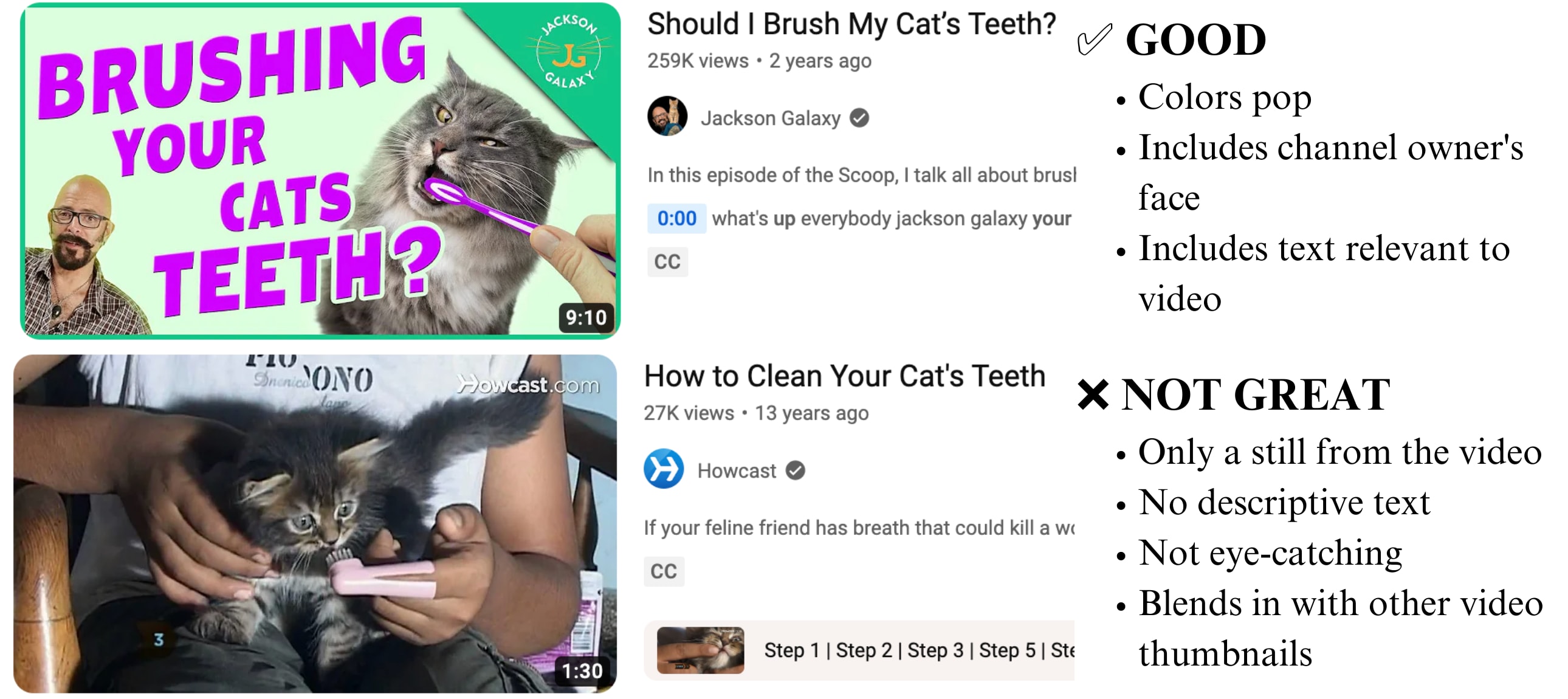
Use programs like Canva or Photoshop to craft an enticing thumbnail. If you don’t have the bandwidth to take on this task yourself, onboard a freelance thumbnail designer.
2. Craft an engaging title and description
Aside from your thumbnail, your title is what users will look at before deciding whether to watch your video. Analyze search intent for your topic and confirm that your title does an accurate job of explaining what your video is about. Otherwise, you risk users clicking on your video only to navigate away because it doesn’t match what they’re looking for.
The video’s description functions similarly to a meta description. Include your keyword—but don’t get caught keyword stuffing—and craft a unique, short explanation about the video. After the first few lines, you can use the rest of the description space to promote your site, social media channels, and any other resources.
Aside from promoting relevant links, you can use the description box on YouTube to monetize your YouTube channel and advertise affiliate links.
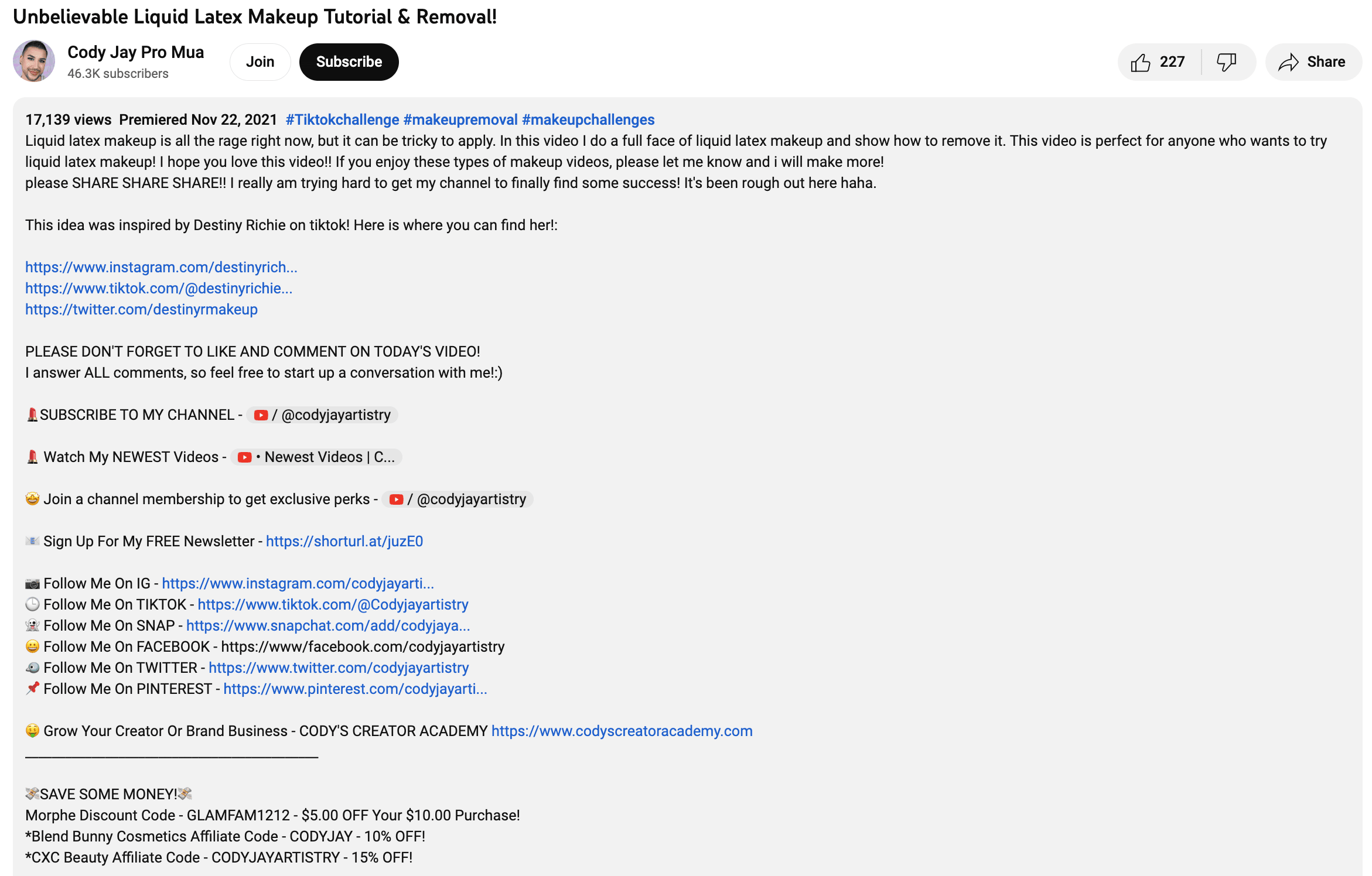
This video by makeup artist and beauty influencer Cody Jay illustrates a relevant title and engaging description.
3. Provide a transcript
Accompanying your video with a transcript is a win-win. A transcript makes your video more accessible to your audience and easier for search engine bots to crawl and index your page.
Having a transcript of your video also allows you to repurpose the video content into other mediums. Turn your video into a blog post, an email marketing campaign, or an infographic.
Optimize your transcript by:
Giving it a light edit to ensure readability
Uploading it in the comment section so users can scan the content of your video
Making sure your keyword appears in the transcript
There are plenty of affordable options for small business owners on a budget wanting to provide transcriptions for their videos. Small businesses can use AI services or freelance transcribers to ensure a high-quality transcription.
4. Include tags and hashtags
If you’re uploading to YouTube, tags and hashtags are a great way to reach a larger audience, especially if you’re creating trendy content. They’re also another optimal spot to insert your keyword.
“We predominantly use Google’s Keyword Planner for finding new keywords, followed by the validation process of using the YouTube research tool and simply searching on YouTube itself,” says Rob Gaughan, owner of Little Ru Children’s Boutique.
To optimize your tags and hashtags:
List in order of importance
Make one tag your keyword
Include three to five relevant to topic
Don’t oversaturate your video with tags and hashtags or you might get the opposite intended outcome: your video being flagged.
YouTube channel Little Ru - Sleep Sounds includes three relevant hashtags in its white noise for baby sleep video.

5. Make videos mobile-friendly
Even if a desktop may offer a larger screen, 2.33 billion users are watching videos on their mobile devices. If you’re not optimizing your videos for mobile, you’re missing out on a large consumer base.
Optimize videos for mobile by:
Using the right aspect ratio
Grabbing the viewer’s attention in the first three seconds
Ensuring the title isn’t cut off
Using cards instead of annotations on YouTube
Watch time is one of YouTube’s biggest ranking factors. Many channels share longer videos to bump that number up. It’s a good strategy, but make sure you’re still catering to mobile viewers if you want to boost your search rankings.
6. Promote your videos
If you post a video and don’t promote it, will anyone see it?
Maybe, depending on whether you’re uploading to YouTube and already have subscribers. But you’ll be missing out on a large portion of your audience if you do nothing after your video goes live. If you’ve followed the video SEO tips we’ve outlined, people should stumble upon your video naturally.
But you’re not done yet—spread the word and promote it to ensure additional visibility:
Social media platforms. Repurpose your videos by sharing them as Instagram Reels, TikToks, or videos on Facebook. Include the transcription you’ve already created and drive this traffic to your website.
Email marketing. Transform one of your videos into an email marketing campaign. You can turn it into written content or include snippets from your video to accompany it.
Paid advertising. Gain more visibility by paying to push your videos to a larger audience. Attract more paying customers and expand your reach.
Ninety-three percent of brands earned a new customer because of a video they posted to social media. A common tactic is to include the first few minutes of a longer-form video and then send your audience to your YouTube channel or your website to view the rest of it.
Chef Instagrammer Angelo Coassin uploads short videos of his recipes and redirects users to another site to view the entire recipe.
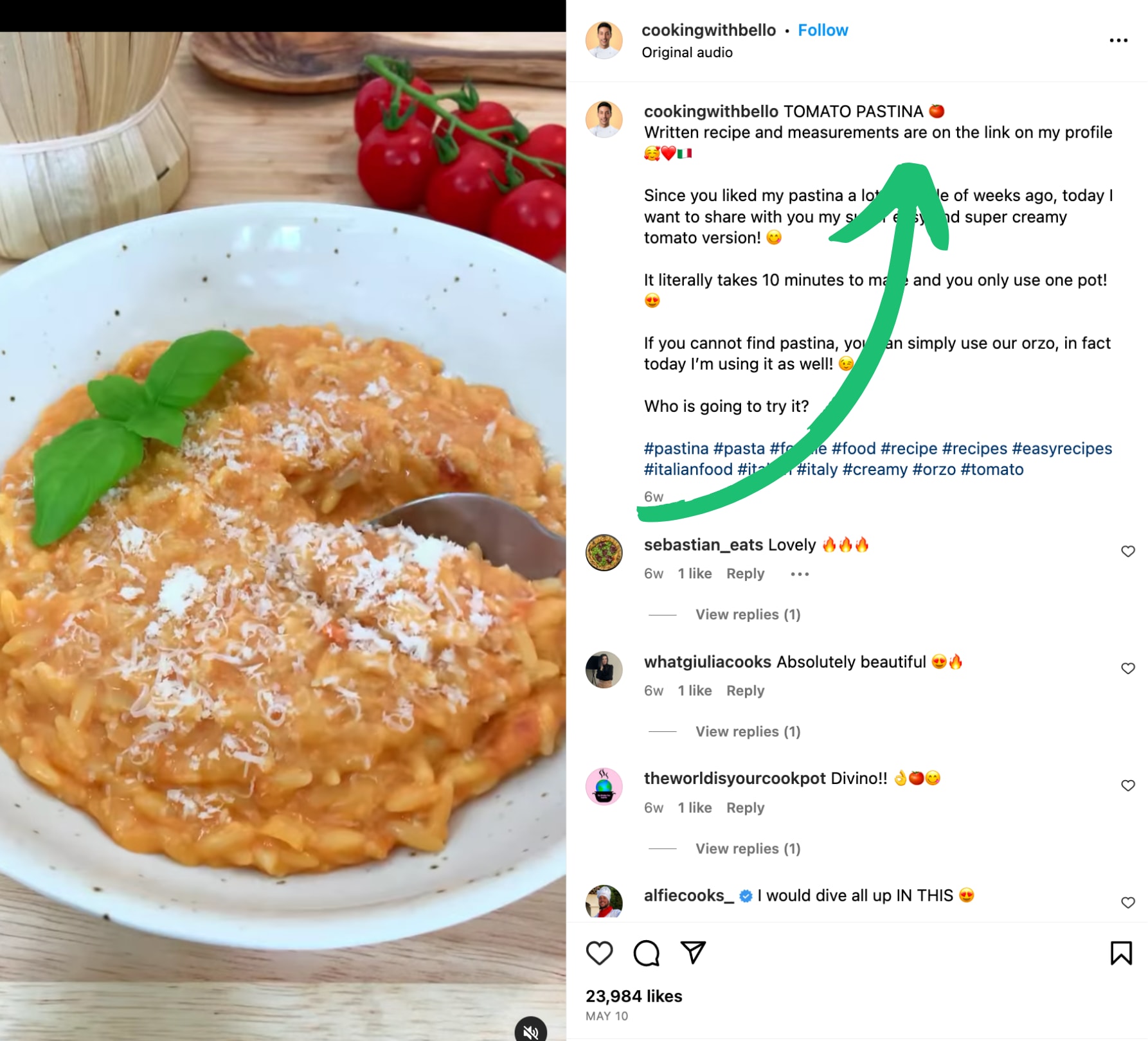
Once users follow the link, they’re taken to Coassin’s profile on Whisk, where users can find his full recipes. This example is another creative way to use videos to drive traffic to your intended site.
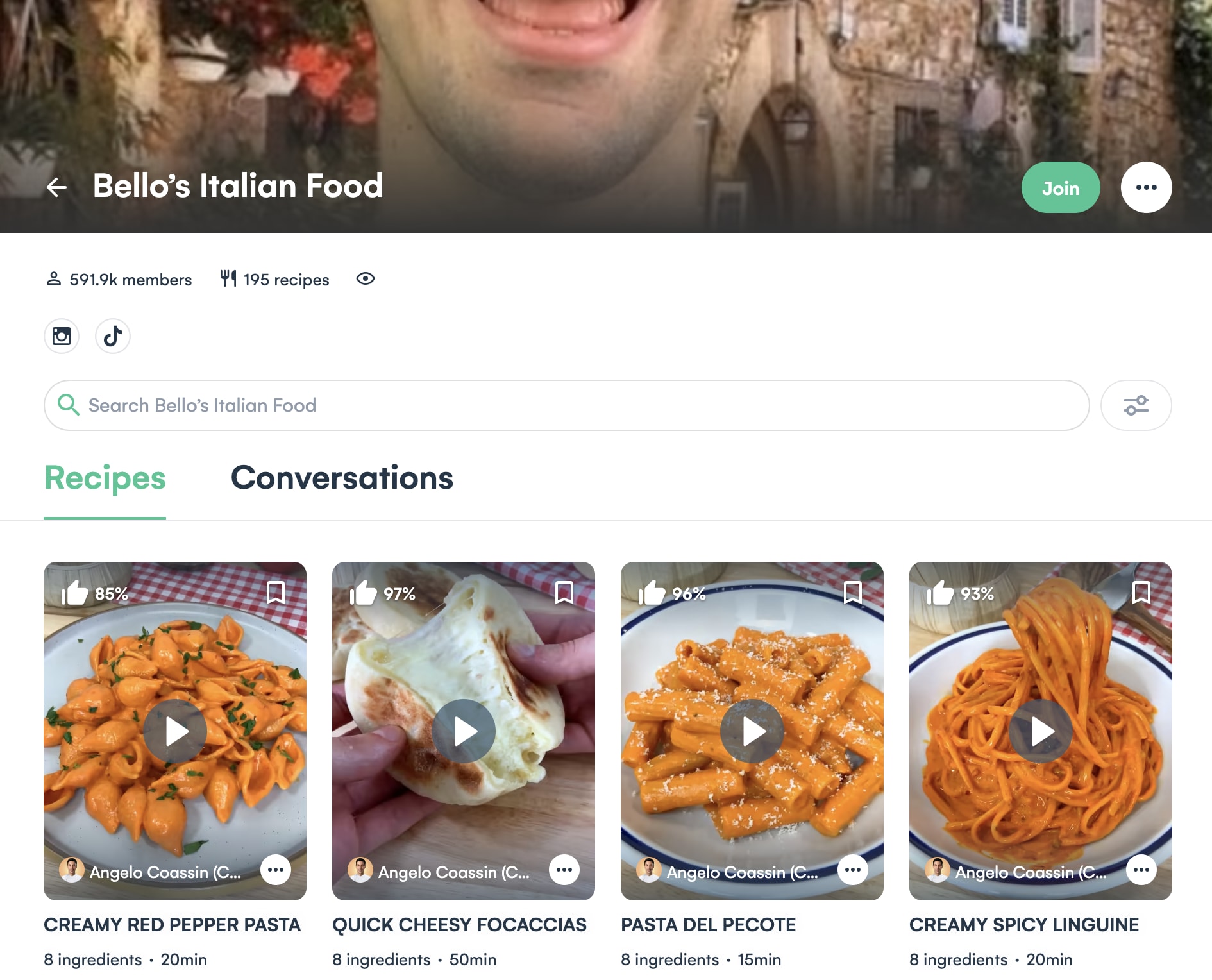
Small businesses who use YouTube as their primary video hosting platform are invited to join the Fiverr Influencer Program. Publish dedicated videos and receive Fiverr credits, higher commissions, promo codes, and the chance to go viral.
7. Monitor analytics and improve
Define what success looks like for you and how you’re going to measure it. Then, you have the context needed to continuously adjust your video SEO strategy and ensure you’re seeing optimal results.
Some common ways to measure success are:
Video ranking on Google and YouTube SERPs
Watch time
Views
Traffic to site
Revisit these numbers each month and continue to tweak until you see consistent improvement month to month.
“We follow a two-fold approach, video views being the most obvious one,” says Rob Gaughan of Little Ru Children’s Boutique. “As we predominantly use our videos as an inbound marketing strategy, tracking backlinks to our site is the number one way we measure the success of our video SEO efforts.”
Seven-step strategy to optimize your video for search
Putting all of these techniques into action requires a detailed strategy, one that can even be drawn up with AI. We’ve compiled an easy-to-follow seven-step action plan to help you optimize your videos for search.
1. Develop video content strategies aligned with your business goals
Before you get in front of the camera, write down your business goals. Identifying your main goals helps you determine what kind of content you need to create to best achieve these goals.
Some common goals include:
Increase brand awareness
Generate more sales
Drive more traffic
2. Research and identify relevant keywords
Just like any other SEO strategy, you need to conduct keyword research to ensure all of your content is optimized for search.
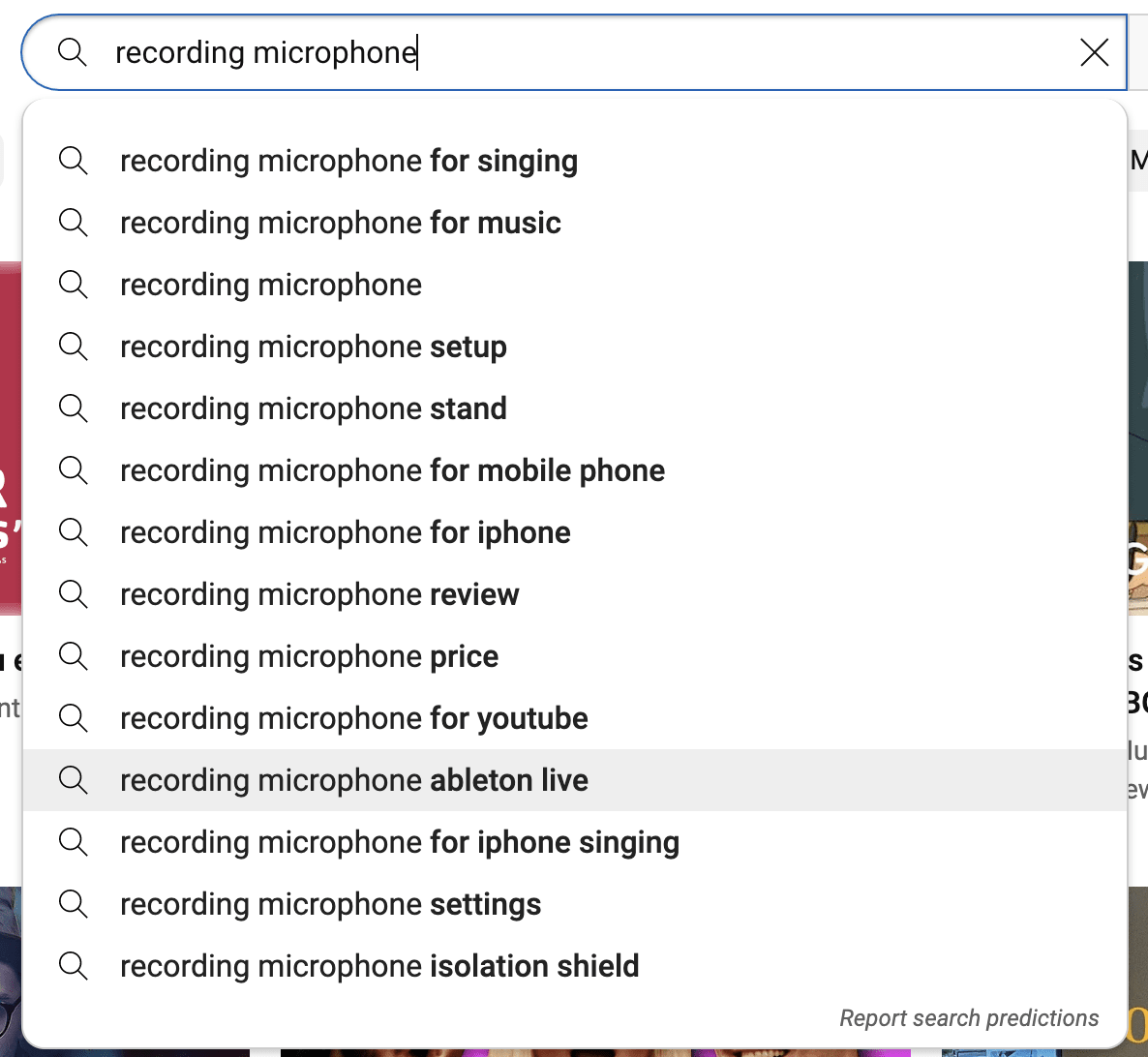
You can use a number of tools or—similar to Google autocomplete search—use YouTube autocomplete search to see what variations of a keyword users are looking for. Include the keyword in your title, description, and transcripts.
3. Write scripts or outlines for videos
It’s best to follow a script when you’re creating high-quality video content.
A well-written script ensures you’re hitting all your main points and using your identified keyword. It also results in a more professional final product. Hire a freelance video script writer to assist with this step.
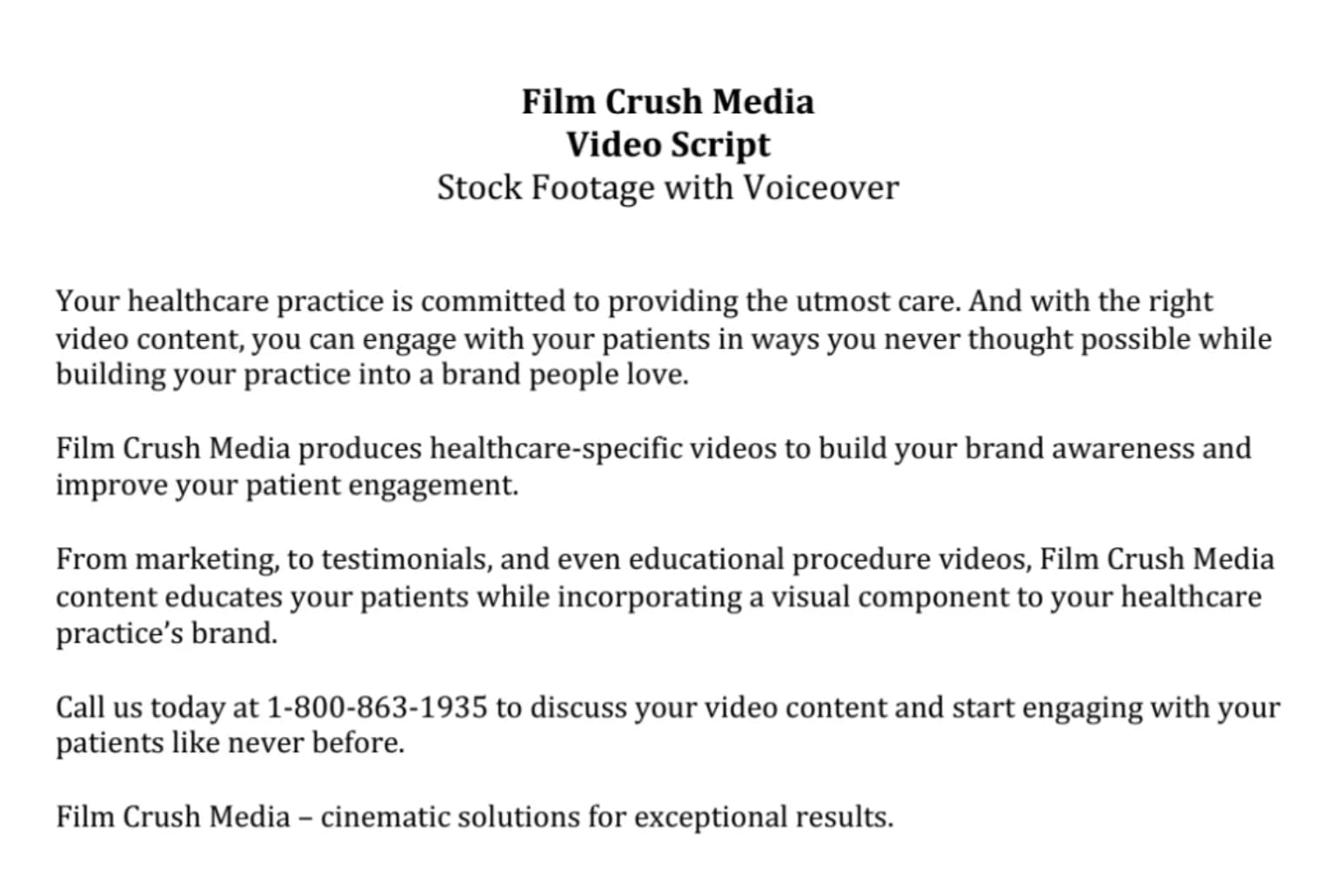
Fiverr freelancer Tony C. writes engaging video scripts for brands.
4. Conduct video shoots
Depending on the scale of your production, you’ll need to oversee the entire process, including managing the equipment and directing the talent. Not all videos need to be top-tier quality for good video SEO. Even voiceovers for recorded screens work well, as long as your video has a professional feel to it.
5. Edit and optimize videos for search engines
Here’s where a lot of the techniques come in. Make sure you’re uploading a transcript and writing an engaging description that includes your primary keyword. Include a thumbnail that’s mobile-friendly and eye-catching. Be sure to edit your videos, or hire a video editor to do that for you.

Thumbnail created by Fiverr freelancer Maro.
6. Publish video to designated platform
Now that your video is complete, upload it to your video hosting platform.
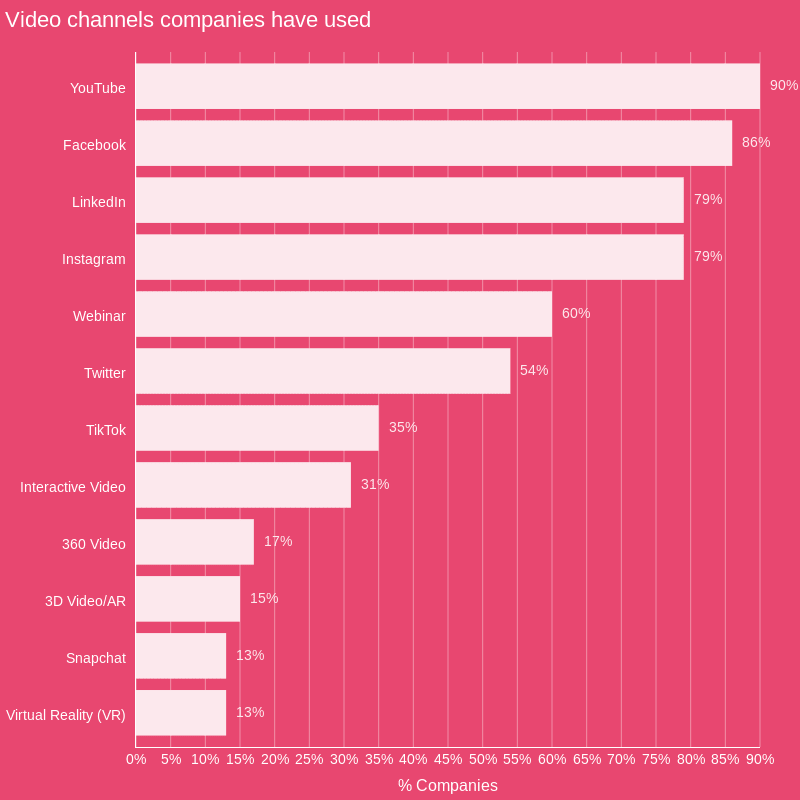
Some brands prefer to maintain a YouTube presence while others upload directly to their own website. Make this decision based on the goals you wrote down earlier.
7. Promote video through various channels
Social media is the obvious promotional channel, but it’s not the only one. Gain more visibility for your video by sending it out in a newsletter or sharing snippets on your website or blog.
“Aside from traditional SEO tactics, I promote my videos by sharing them to additional social media platforms, embedding them in my website and newsletter, and by collaborating with similar businesses in my industry,” says Cody Jay, CEO of Cody’s Creator Academy.
Tap into your community with local marketing techniques as well. Promote your videos in local forums and partner with other local businesses on social media to crush local SEO. When you have all the above mastered, you can even tap into Google Maps SEO.
Partner with a freelancer to boost your video visibility
If you want to take video SEO seriously, it’s an investment. Not only does it take time to see a return on your investment, it takes time to make that investment in the first place. Small business owners often outsource different stages of the video SEO process to freelancers who are experts in this field.
“SEO is not an overnight job,” says Andre Oentoro, CEO and founder of Breadnbeyond. “It takes constant effort before you can see the result. When working with a video SEO freelancer, choose one that doesn’t guarantee overnight, too-good-to-be-true success.”
Join Fiverr to access a marketplace full of talented video SEO specialists who are skilled in everything from captions and transcripts to title and description optimization. Vet freelancers before making a financial commitment and find the best fit for your video needs.



